What Did the King of the Dinosaurs Really Look Like? Part II
In our last post, “What Did the King of the Dinosaurs Really Look Like? Part I,” we discovered that T. rex didn't stand upright like a kangaroo and might have even had feathers. Hold on tight, because now we're going to tackle another mystery: its smile! We continue our investigation with paleontologist Thomas Cullen to learn more about the king of the dinosaurs.
Toothy Grin or Lizard-Like Lips?
Now, let’s look at something that really gets people talking: dino lips! For years, T. rex was depicted as having huge, exposed teeth set in an unflinching, terrifying grin. You know, the way they look in the Jurassic Park movies.
So, here’s the twist: early dinosaur portrayals, like those by artist Charles Knight, showed it with lips. This was because most modern-day animals with teeth have lips that cover them up. So you don't see their teeth when their mouth is closed. Be them muscular lips (like mammals have) or scaly tissues (also known as “extra-oral tissues” or “labial scales” like lizards have), let’s just use “lips” as the general term here.
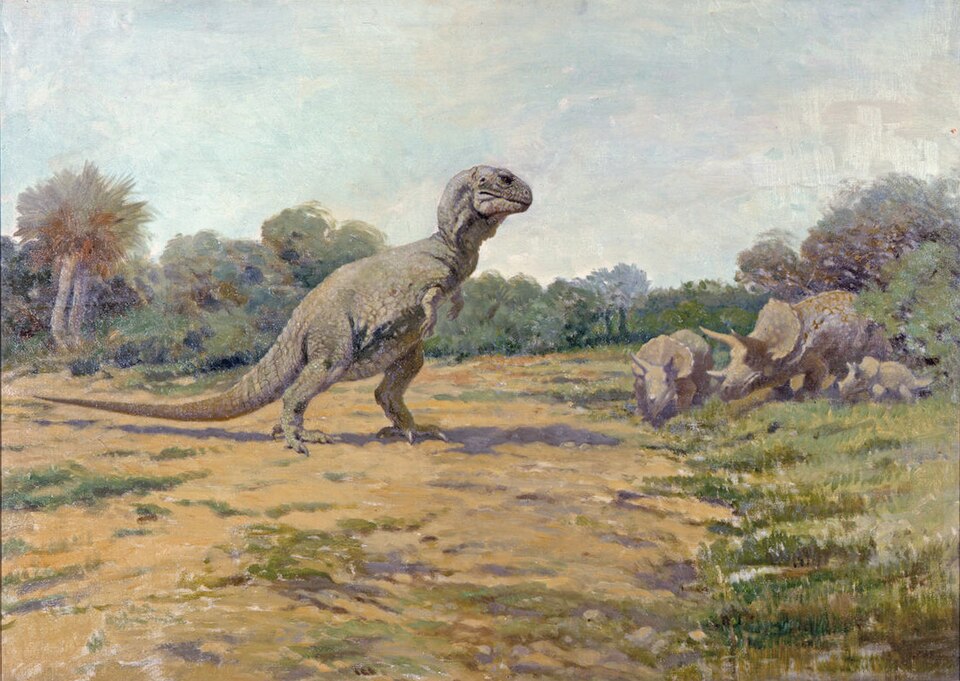
So, why was it imagined without lips for years? People thought its teeth were simply too big to be covered. But no serious scientific study ever proved it. It was just an idea that caught on.
This is what pushed Cullen's team to examine the teeth and skulls of living animals related to dinosaurs. They were looking for clues that could help us understand what this tyrannosaur's lips might have looked like.
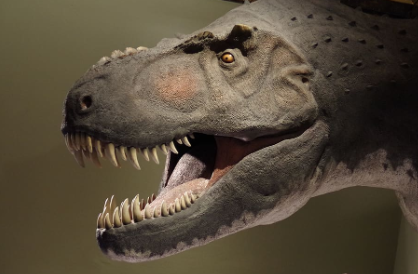
A Crocodile's Grin or a Lizard's Smile?
To better understand the T. rex's smile, scientists studied crocodiles, which have exposed teeth, and lizards, which have covered teeth. What did they discover?
-
Wear and tear: T. rex teeth wore down evenly on both sides, just like a lizard. Crocodile teeth get more damaged on the outside because they are exposed to the air. This means the T. rex's teeth were probably protected and kept moist by lips.
-
Bigger skulls, bigger teeth: In the end, its teeth weren't "too big"! Compared to the size of its skull, they were perfectly proportional to those of large modern lizards that have lips.
-
Holes in the head: Small holes found in the jaws of the T. rex, where blood vessels and nerves could pass, looked more like the holes found in lizard jaws than crocodile jaws.
This strongly suggests that T. rex had soft, scaly tissues covering its teeth when its mouth was closed. That’s right, looks like it had dinosaur lips! However, it probably couldn’t flash a smile, as these tissues are probably not muscular and mobile like human lips.
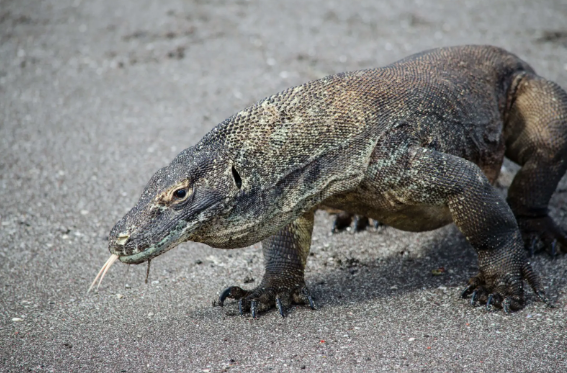
But science is also a debate! Other scientists aren't convinced yet. Thomas Carr, a paleontologist not involved in Cullen's study, thinks the wrinkled texture of the T. rex's jaw makes it more like a crocodile. Only more research will help us peel back the truth about their lips—or brandish the idea of a toothy grin.
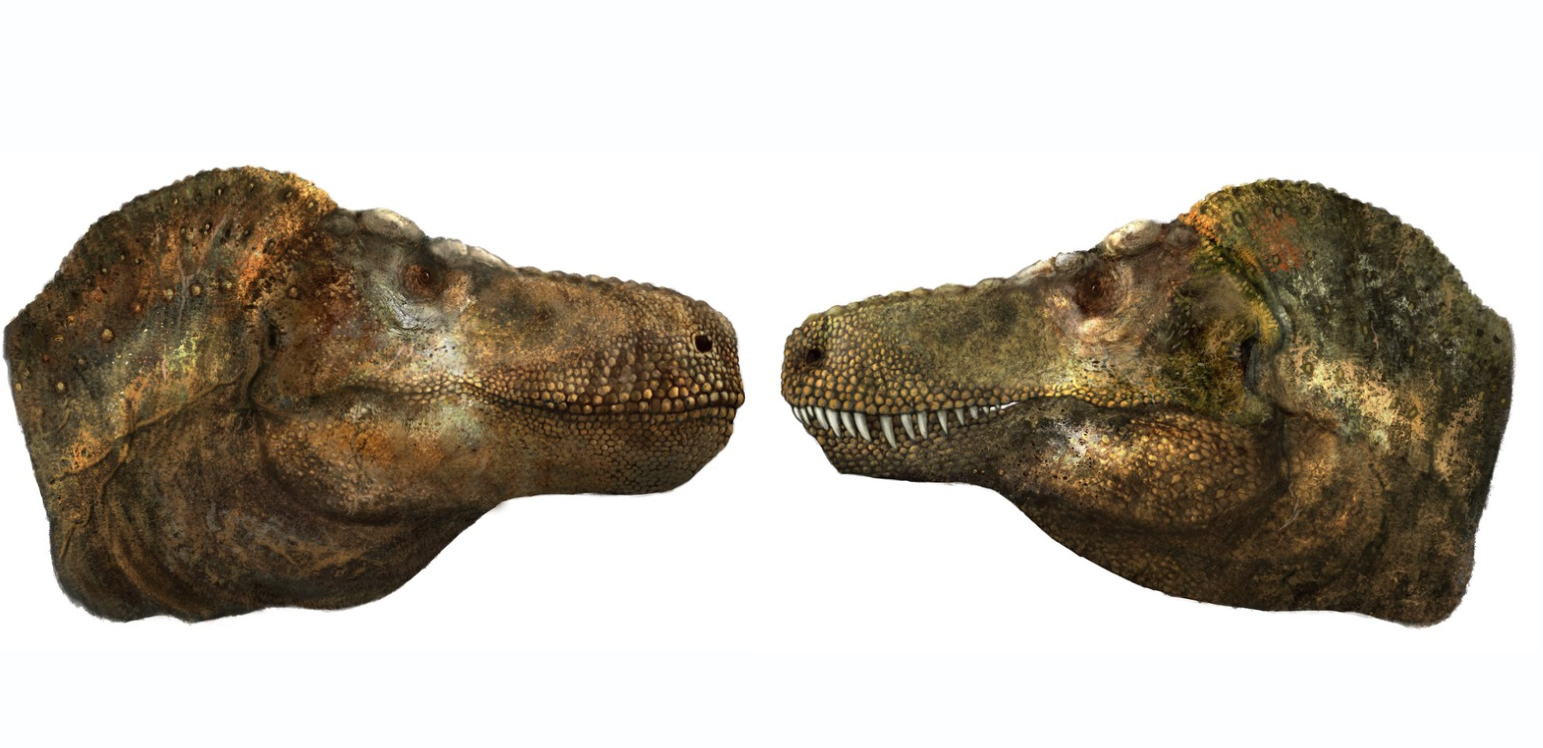
The Never-Ending Story of Discovery
The way we picture T. rex has evolved a lot. Today, scientists imagine it with a more horizontal posture, maybe with a few feathers (especially as a baby), and teeth covered by lips.
The biggest challenge for scientists is to change the image we all have in our heads because of movies and toys. Unfortunately, “the general perception of Tyrannosaurus—and dinosaurs in general—is still often rooted in older interpretations,” deplores Dr. Mark Witton, a paleontologist and paleoartist. “It can be difficult for scientists to shift the public image of dinosaurs because our voices are drowned out by dinosaurs as imagined by Hollywood, toymakers, and […] popular culture.”
But paleontologists aren't giving up! For their part, Cullen and Witton hope that science will be able to shape the public image of T. rex more in the future. They look for new clues every day to better understand these incredible creatures. Science is a never-ending quest for the truth. Who knows what other surprises the king of the dinosaurs has in store for us? One thing is for sure: we can't wait to find out, can you?
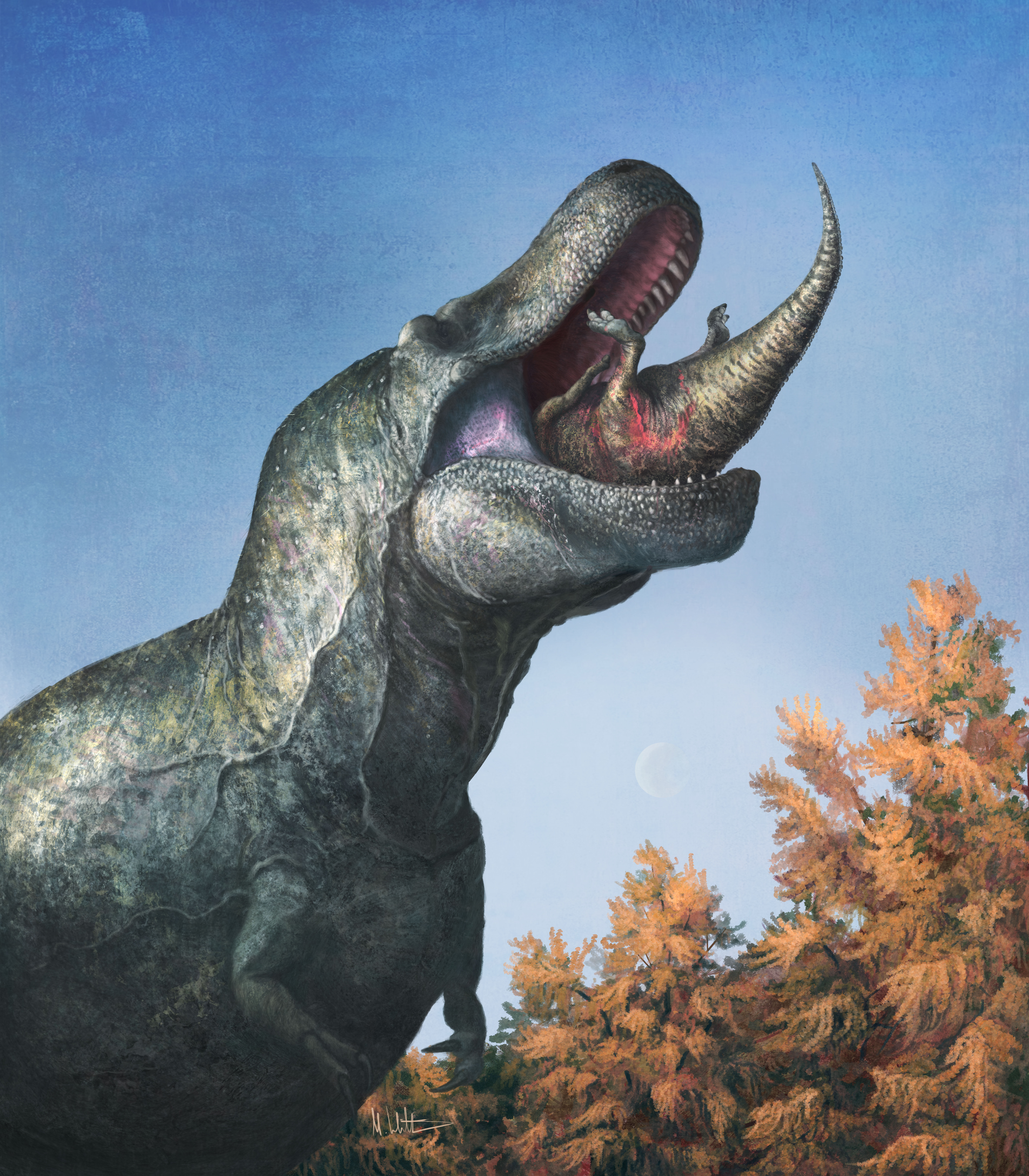
To learn more about T. rex and see one of the most scientifically accurate reconstructions of this tyrant lizard, come visit our feature exhibition, T. rex: The Ultimate Predator! Take an even bigger bite of the T. rex experience and grab a combo ticket to see the IMAX® film T.REX 3D too!
Research and writing by Aline Zimmermann Maya Simoes
